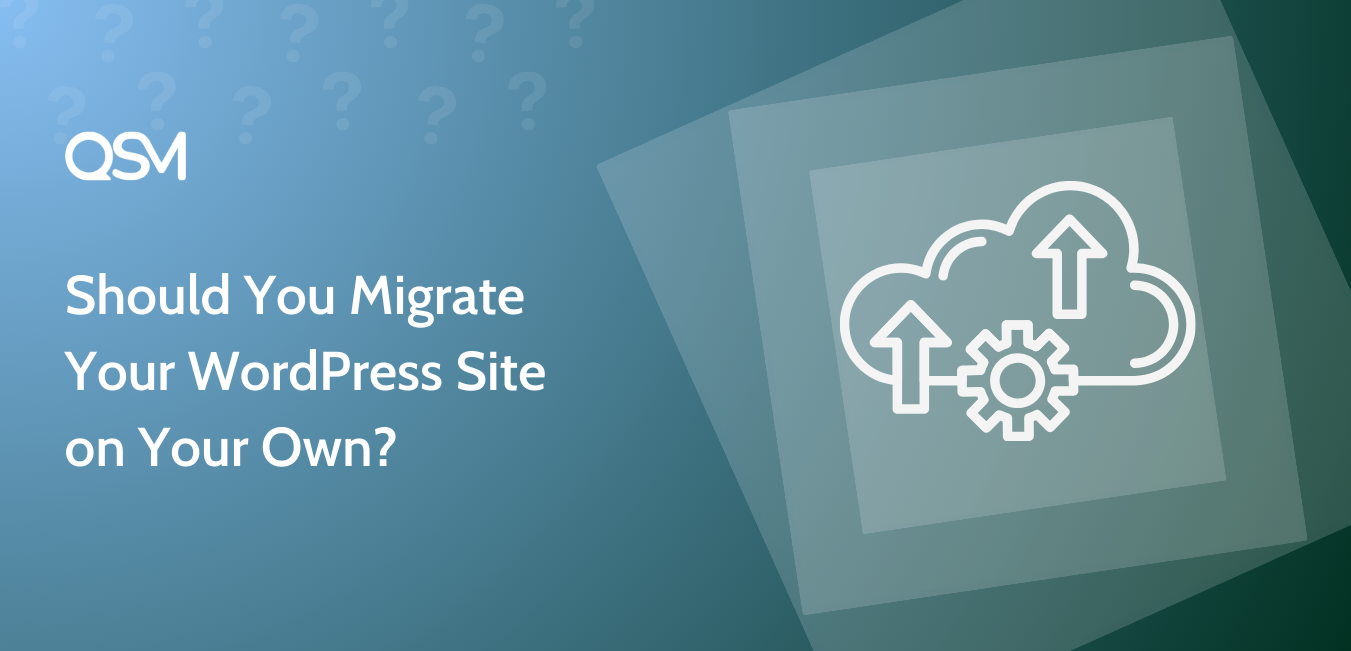Migrating a WordPress site might seem like a daunting task, but doing it yourself can offer numerous benefits. Whether you’re looking to save on costs, maintain control, or simply learn more about your website, self-migration is worth considering.
In this article, we’ll explore why you might want to handle your WordPress migration on your own and how to go about it.
Table of Contents
Why Take on WordPress Migration Yourself?
Save Money
One of the most significant advantages of migrating your WordPress site yourself is the cost savings. Professional migration services or hiring experts can be expensive. By doing it yourself, you can avoid these additional fees, which can be particularly beneficial for small businesses or personal blogs with limited budgets.
Maintain Full Control
When you migrate your site on your own, you maintain full control over the entire process. This control ensures that your data remains with you, reducing the risk of third-party mishandling or data breaches. You’ll also have the flexibility to migrate at your own pace, without being constrained by someone else’s schedule.
Gain Valuable Knowledge
Migrating your WordPress site can be an excellent learning experience. It allows you to deepen your understanding of how your site operates, which can be invaluable for future maintenance and troubleshooting. This knowledge can also empower you to make more informed decisions about your site’s management.
Work on Your Schedule
Doing the migration yourself means you can perform it at your convenience. This flexibility is particularly useful if you are in a different time zone than your service provider or if you have specific times when it’s more convenient for you to work on your site.
Advantages of DIY WordPress Migration
Build Your Skills and Confidence
Handling your own WordPress migration can boost your confidence in managing your site. You’ll develop technical skills that are essential for website management, such as understanding databases, file structures, and server configurations. This expertise can also be a valuable asset if you’re looking to expand your web development skills.
Customize the Process
When you migrate your site yourself, you can tailor the process to meet your specific needs and preferences. Whether it’s choosing the right plugins or ensuring that your customizations are preserved, you have the flexibility to make decisions that best suit your site’s requirements.
Solve Issues Instantly
Performing your own migration allows you to address issues as they arise. You won’t have to rely on external support, which can sometimes be slow or unresponsive. This ability to troubleshoot in real-time can help minimize downtime and prevent potential data loss.
Minimize Downtime and Data Loss
By managing the migration process yourself, you can take steps to reduce downtime and mitigate the risk of data loss. You’ll have the opportunity to perform thorough backups and ensure that your site is fully prepared for the migration, leading to a smoother transition.
Become a Migration Pro
Successfully migrating your WordPress site can make you a migration expert. This expertise can open up new opportunities, such as offering migration services to others. Additionally, it can enhance your credibility and reputation as a knowledgeable website manager.
Steps to Migrate Your WordPress Site
1. Create a Backup
Before you begin the migration process, it’s crucial to create a full backup of your site. This backup should include your WordPress database, themes, plugins, and media files. Use a reliable backup plugin to ensure that all your data is safely stored.
2. Select a Migration Method
There are several methods to migrate a WordPress site, including using a migration plugin, manually transferring files via FTP, or using a hosting provider’s migration service. Each method has its own pros and cons, so choose the one that best fits your needs.
3. Prepare the New Host
Prepare the new hosting environment for your site. This step typically involves setting up a new WordPress instance on the destination in case you are using the best tool for WordPress migration.
4. Update Your Domain Settings
Once your files and database are transferred, update your domain’s DNS settings to point to the new server. This step may take some time to propagate, so be patient as the changes take effect.
5. Test Your Website
After the migration is complete, thoroughly test your site.
Conclusion
Migrating your WordPress site on your own can be a rewarding experience that offers cost savings, increased control, and valuable learning opportunities. By following a systematic approach and taking advantage of the right tools and resources, you can successfully migrate your site with minimal hassle. Embrace the challenge and enjoy the benefits of managing your own WordPress migration.




